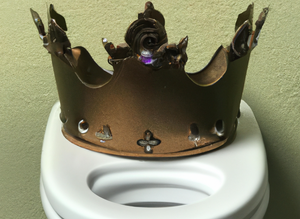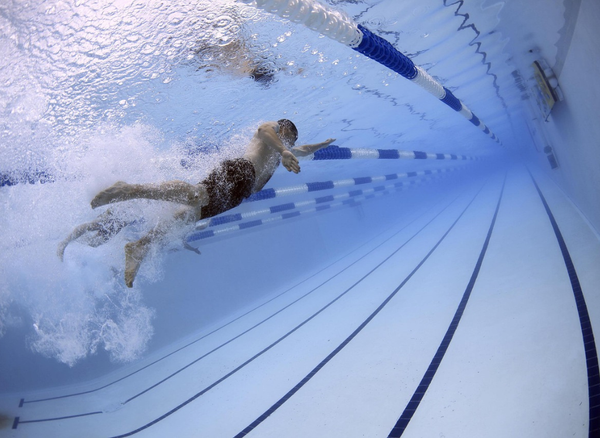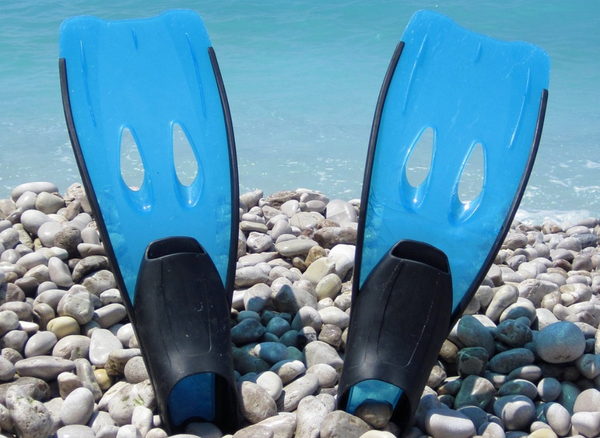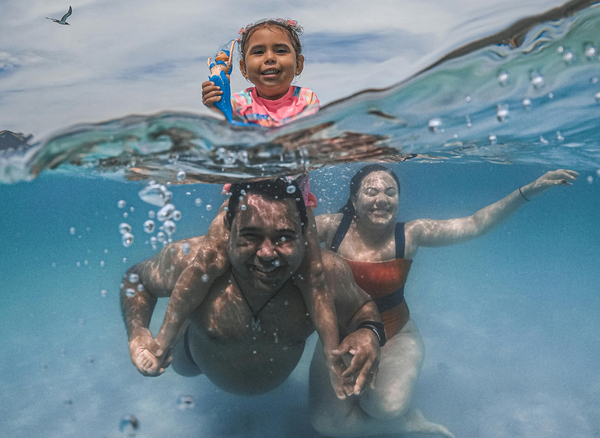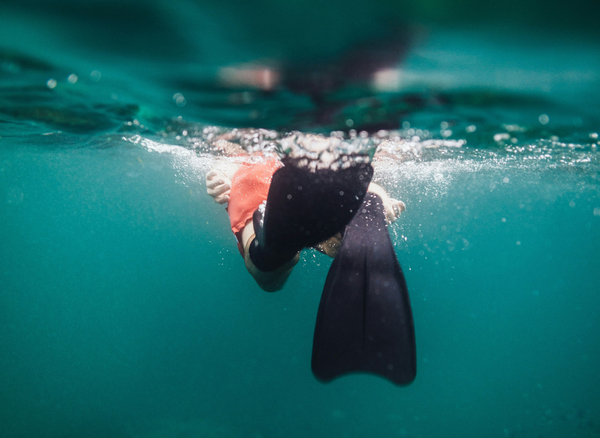When you're swimming freestyle, the approach to the wall is crucial. Many swimmers make the mistake of slowing down as they near the wall, but this is a big no-no. Instead, maintain your speed and take your last breath about two strokes before you reach the wall. This ensures you have enough air to execute the flip turn without gasping for breath.
So you still want to learn how to do a flip turn in swimming? Well strap up, because we're about to dive this essential swimming skill. Mastering the flip turn can make you feel like a dolphin gliding through the water.
Let's get flipping!
What is a Flip Turn in Swimming?
A flip turn is a swimming maneuver used to reverse direction at the end of a pool lane. It's commonly used in freestyle and backstroke events. Imagine you're a human torpedo, and the flip turn is your way of reloading and launching yourself back into the water. It's all about speed, efficiency, and looking cool while doing it😎
Why Learn a Flip Turn?
Learning a flip turn isn't just for show-offs. It can shave precious seconds off your time, making you faster and more efficient. Plus, it's a lot of fun! Many swimmers find that mastering the flip turn gives them a sense of accomplishment and boosts their confidence in the water.
The Approach
You don't want to be too close or too far from the wall when you initiate the turn. A helpful tip is to count your strokes from the T to the wall. This will give you a consistent point of reference for when to start your flip.
Preparing for the Turn
Take your last breath about two strokes before you reach the wall. This ensures you have enough air to complete the turn without gasping for breath. Remember, the goal is to maintain a streamlined position throughout the turn, so keep your head down and your body straight.
The Flip Turn
Keeping your head down during the turn is essential for maintaining a streamlined position. Your chin should be tucked, and your eyes should be focused on the bottom of the pool. Tuck your knees to your chest and roll forward. This helps you maintain a tight, streamlined position and ensures a smooth, efficient turn.
Your arms also play a significant role in the flip turn. As you initiate the turn, your arms should be close to your body, helping you maintain a tight position to slice through the water as you push off the wall.
Your whole body should follow in a fluid motion. Think of it as a forward roll in the water. Your legs should come over your head, and your feet should hit the wall with as much force as possible.
The Push Off
Now comes the fun part—pushing off the wall. Once your feet touch the wall, push off with as much force as you can muster. This helps you add speed.
This is where you channel launch yourself off the wall.
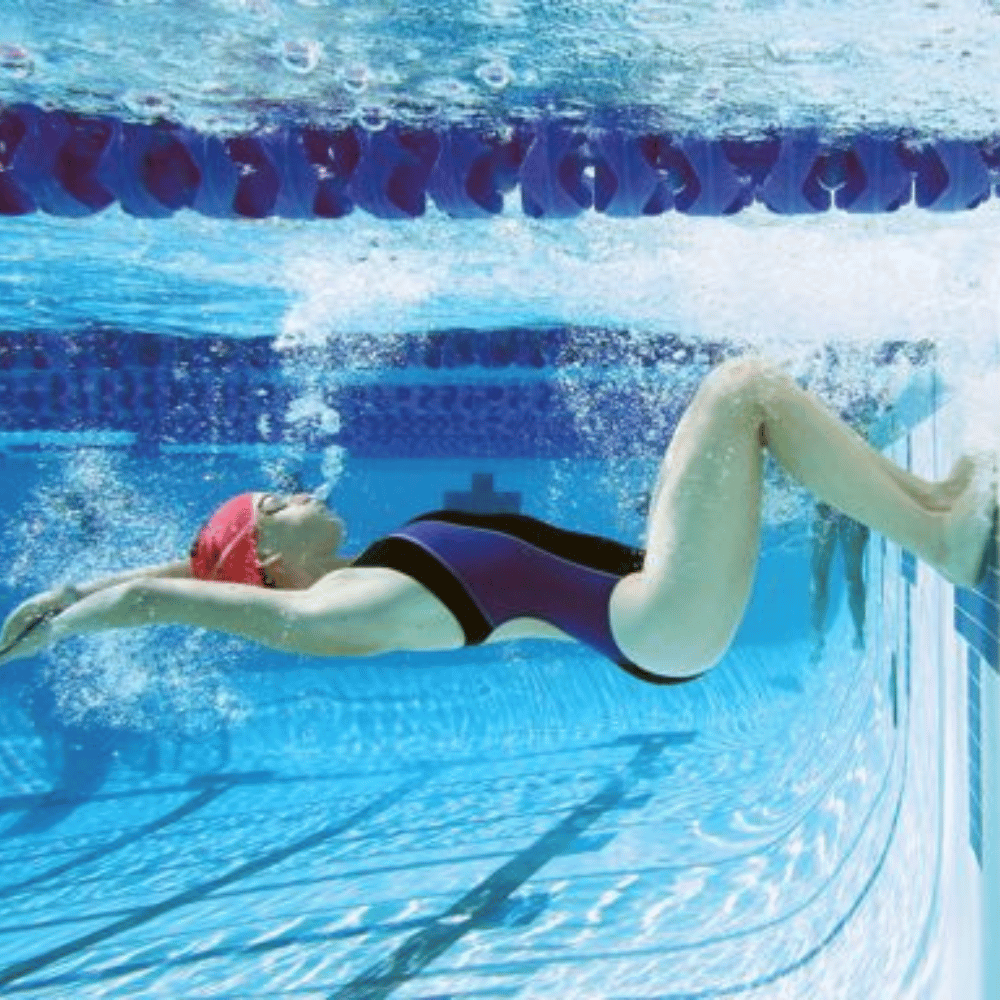
Maintaining a streamlined position is crucial for an efficient flip turn. Your body should be straight, with your arms extended above your head and your legs together. This reduces drag and helps you glide through the water more efficiently.
Adding Speed
Your legs are your powerhouse after the flip turn. As you push off the wall, your legs should be straight and strong, propelling you forward. Then incorporate dolphin kicks to add some speed. These kicks should be quick and powerful, propelling you forward.
After your dolphin kicks, transition into your first stroke. This should be smooth and seamless, allowing you to get back into your freestyle swimming rhythm. Your arms should pull through the water with power, and your legs should kick with energy.
Common Mistakes
One common mistake swimmers make is not tucking their chin enough during the flip. This can result in a sloppy turn and loss of speed.
Another mistake is not pushing off the wall with enough force. Remember, the goal is to maintain a streamlined position and propel yourself forward with power.
Practice Makes Perfect
Like any skill, mastering the flip turn takes practice. Start by practicing in the middle of the pool, away from the wall. This will help you get comfortable with the motion without the pressure of hitting the wall. Once you feel confident, move to the wall and practice your turns.
Flip Turns in Swimming FAQs
How long does it take to learn a flip turn?
The time it takes to learn a flip turn varies from person to person. Some swimmers may pick it up in a few days, while others may take a few weeks. The key is consistent practice and focusing on proper technique.
How can I improve my flip turn speed?
Focus on maintaining your speed as you approach the wall and push off with as much force as possible. Practice regularly to refine your technique.
How often should I practice flip turns?
Incorporate flip turn practice into your regular swim workouts. Aim to practice them at least a few times each session to improve your technique and speed.
Can I practice flip turns in open water swimming?
Flip turns are typically practiced in pools, as they require a wall to push off from. Open water swimmers usually don’t perform flip turns.
Can little kids learn how to do a flip turn in swimming?
Absolutely! Little kids can learn flip turns with proper instruction and practice. It's a great skill to develop early on, as it can improve their overall swimming technique and confidence in the water.
Summary
Mastering the flip turn in swimming can significantly improve your speed and efficiency. It's like unlocking a secret level in a video game. It takes practice, timing, and a bit of finesse, but the rewards are well worth it. Remember, the key to a successful turn is timing, body positioning, and practice. So grab your goggles, hit the pool, and start practicing those turns!

